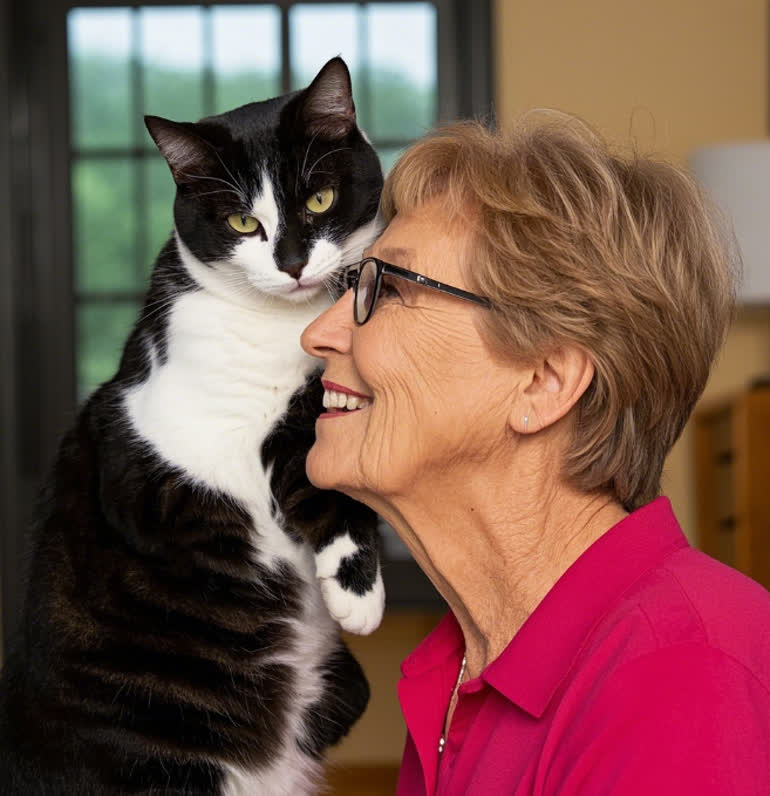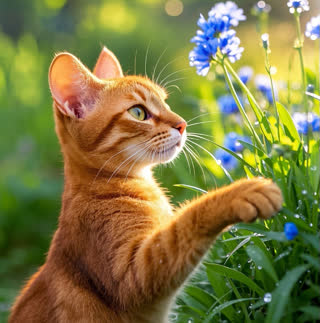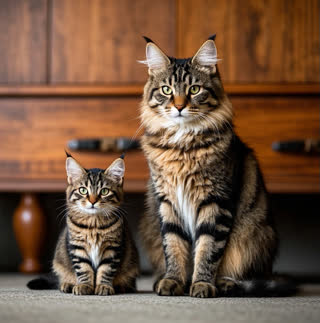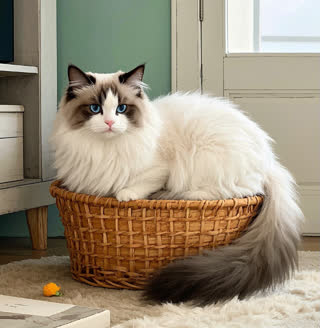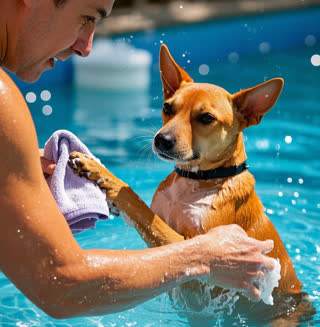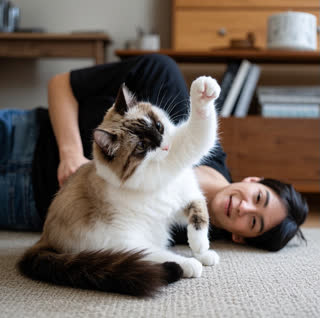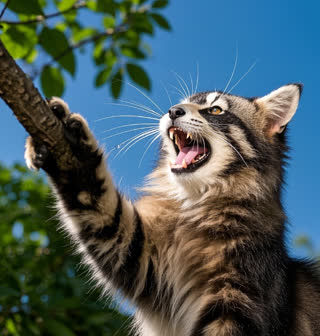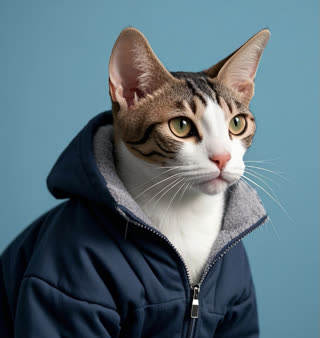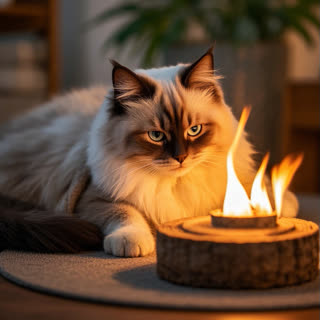If you’ve ever been greeted by your cat with a gentle nudge of their head against your hand, leg, or even furniture, you’ve experienced one of the most endearing yet mysterious feline behaviors: headbutting. This seemingly simple act is far more than a random gesture—it’s a silent language cats use to communicate their emotions, needs, and even stake their territory. In this guide, we’ll explore the science and psychology behind why cats headbutt, decode their feline messages, and unravel the secrets of cat body language explained.
At its core, headbutting is rooted in a cat’s instinctual behavior known as scent marking. Cats have scent glands located on their cheeks, foreheads, and chins, which release pheromones—a chemical “signature” that communicates their identity and emotional state. When your cat rubs their head against you, they’re essentially leaving a subtle scent trail that says, “You’re part of my family” or “This space is mine.”
This behavior isn’t just about marking territory. It’s also a form of bonding through facial pheromones. By transferring their scent onto you, your cat is reinforcing the connection between you two. Think of it as their way of saying, “I trust you and feel safe in your presence.” This is especially common in multi-cat households, where cats might headbutt each other to establish social harmony.
While scent marking is a primary driver, headbutting often doubles as a display of affection. When your cat presses their head into you with a slow, deliberate motion—a behavior sometimes called affectionate head pressing—they’re likely seeking attention, comfort, or reassurance. This action is often paired with other signs of contentment, such as purring, slow blinking, or rubbing against your legs.
In fact, the slow blink is a universal feline signal of trust and love. If your cat locks eyes with you and then slowly closes their eyelids, they’re essentially blowing you a kiss. Combine that with a headbutt, and you’ve got a clear message: “I adore you.”
Headbutting rarely happens in isolation. To fully understand your cat’s intent, it’s essential to read the broader context of their cat body language explained. Here are some common cues to watch for:
Upright Tail: A tail held straight up while approaching you signals happiness and confidence.
Kneading: Gentle pawing with retracted claws, often accompanied by purring, is a sign of relaxation and contentment.
Rolling Over: While a exposed belly might look like an invitation to pet, it’s more about trust. Proceed with caution—some cats dislike belly rubs!
Flattened Ears or Dilated Pupils: These could indicate fear or anxiety. If your cat headbutts you while displaying these signs, they might be seeking comfort in a stressful situation.
While headbutting is usually harmless, it’s important to note that excessive or sudden changes in this behavior could signal underlying issues. For example:
Stress or Anxiety: Cats might headbutt excessively if they feel threatened, such as during a move or the introduction of a new pet.
Medical Discomfort: If your cat starts headbutting objects or walls repeatedly, it could be a sign of ear pain, dental issues, or neurological problems. Always consult your vet if you notice unusual behavior.
Understanding your cat’s feline messages allows you to respond in ways that strengthen your bond:
Return the Gesture: Gently stroke their head or scratch under their chin to acknowledge their affection.
Provide a Safe Environment: Ensure your cat has plenty of vertical spaces, scratching posts, and quiet areas to reduce stress-induced marking.
Spay/Neuter Your Cat: This helps minimize territorial spraying and other hormonally driven behaviors.
Cats are masters of nonverbal communication, and headbutting is just one chapter in their complex dialogue. By learning to interpret their cat body language explained and recognizing the role of scent marking behavior, you’ll unlock a deeper understanding of your feline friend. So the next time your cat headbutts you, remember—it’s not just a nudge. It’s a heartfelt message: “You’re my person, and I’m here to stay.”
